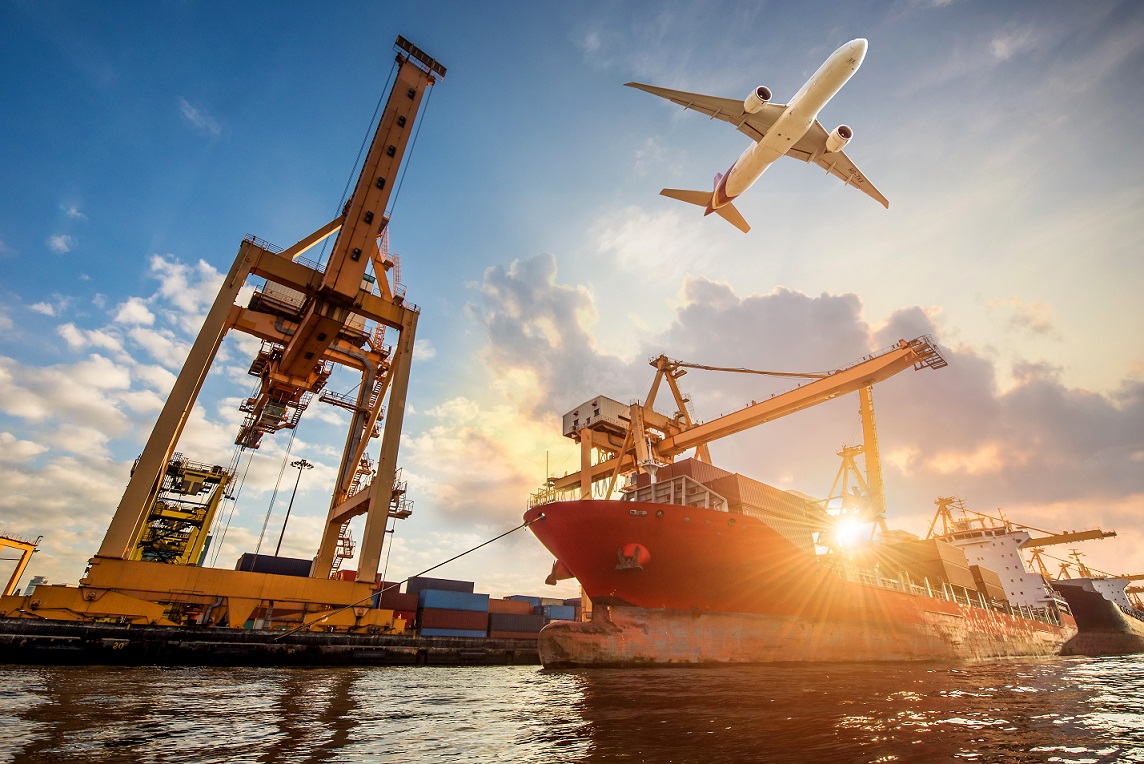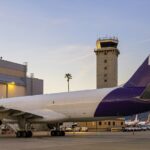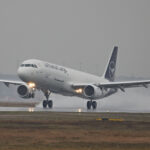Putzger perspective: Not there yet
07 / 08 / 2023

Source: Shutterstock
Are we there yet? One of the hallmarks of summer are cars headed to vacation destinations echoing with this refrain issued at frequent intervals by kids anxious to reach the end of the journey.
Adults waiting for an outcome usually have a more judicious approach to the distance, but some vestiges of this impatience remain.
Witness the trucking industry, which has been reverberating for months with speculation about how close it has come to the bottom of its slump. Every clarion call that the turn-around was imminent has been followed by predictions that the pain had yet to run its full course.
There has been less speculation in the air cargo sector, although most upticks prompted questions if they were harbingers of the end of the decline, which has remained elusive.
Potential booster events like labour strife at North American west coast ports likewise failed to materialise.
Nevertheless, airfreight prices and yields have held up much better than container trade numbers. According to IATA’s analysis of traffic in April, air cargo yields were 46% higher than they had been in April 2019, whereas container yields were only 17% higher.
Container yields subsequently slipped below 2019 levels.
This year the differential between airfreight and container rates has expanded continuously. In June it stood at its highest level since June 2020, reflecting a more pronounced decline in container pricing relative to airfreight.
This is despite the fact that airfreight capacity has kept growing as a result of the pronounced increase in air travel, while demand weakened.
This constellation should have accelerated the decline in airfreight prices. Meanwhile, ocean carriers stepped on the brakes through a combination of slow steaming and blanked sailings.
Moreover, supply chain consultants keep reporting that cargo owners are trying to shift traffic away from air transport, now that flows through ports and rail terminals have returned to fluidity.
With inventories at stubbornly high levels and costs in the stratosphere, there should be a stampede from air to ocean, weakening airfreight rates.
How much further will airfreight pricing have to sink, then?
In its outlook published in early June IATA projects airfreight revenues for the full year to come in at $142.3bn, which is down from $207bn in 2022, but well above the tally for 2019, which was $100bn.
Which suggests lingering weakness rather than a sharp turn one way or another.













